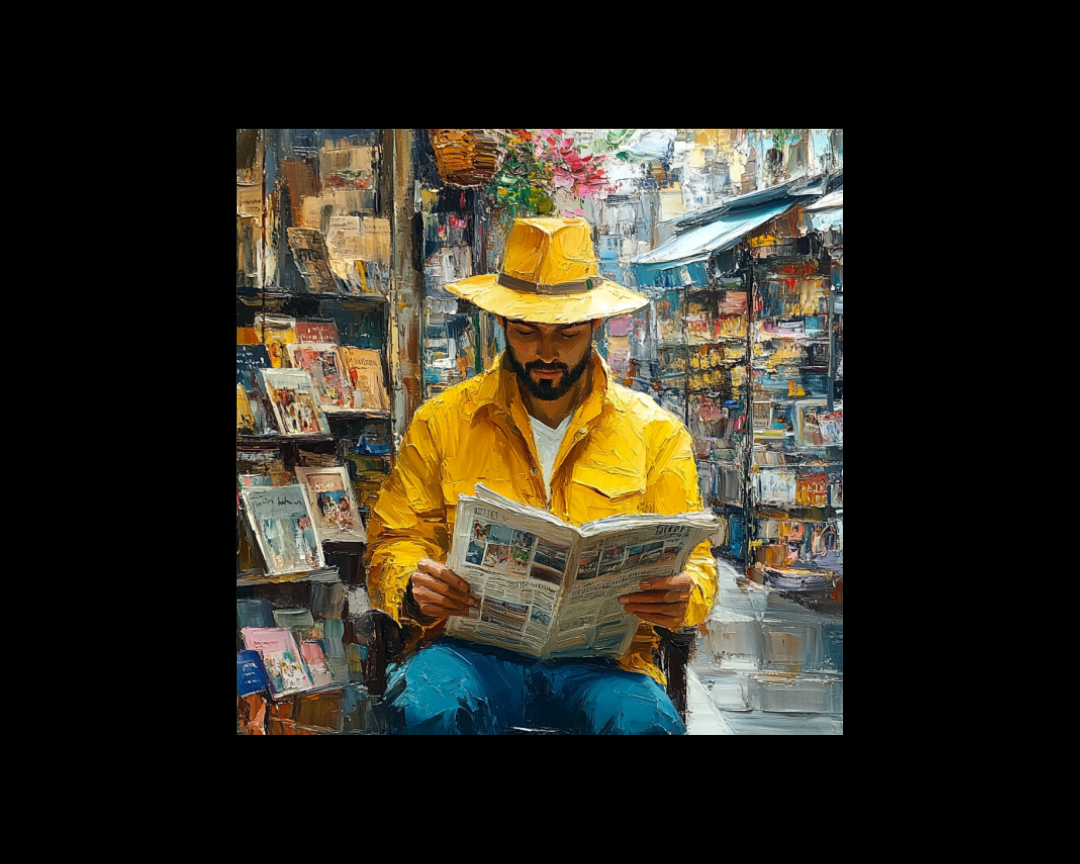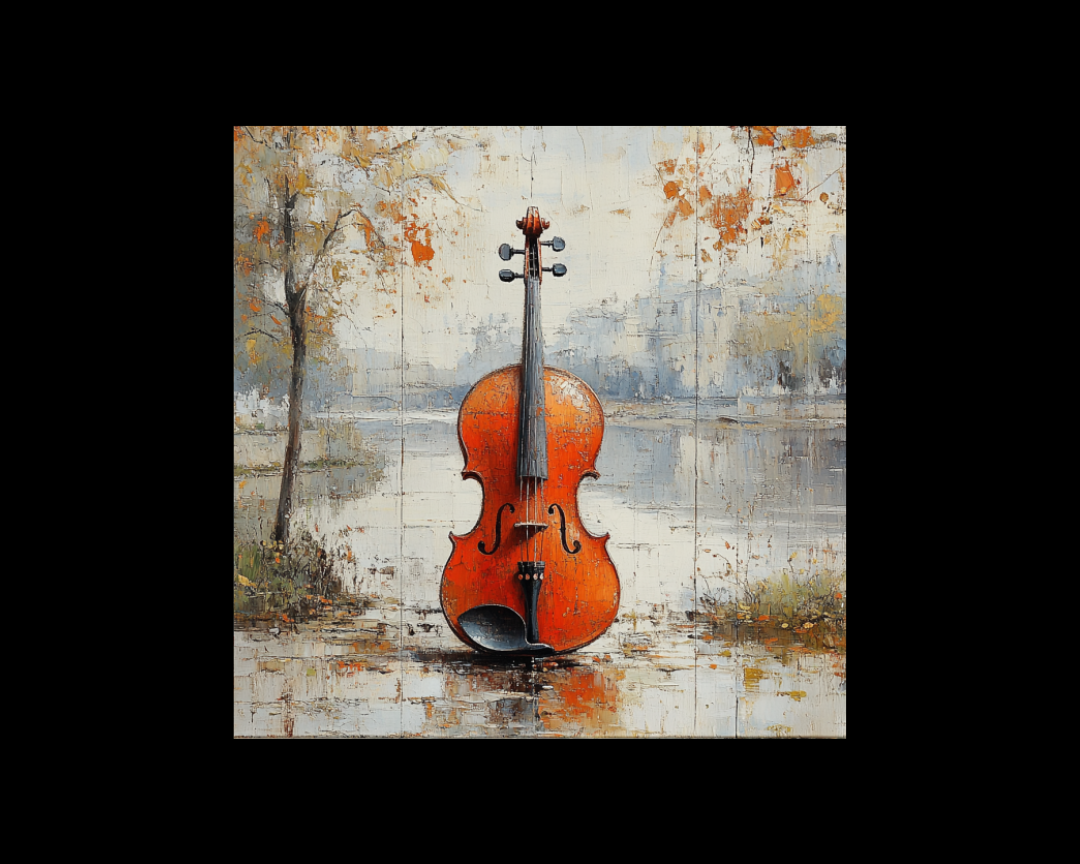Exploring Storytelling Across Cultures
Are the principles of storytelling really universal across cultures? When you examine your bookshelf, you're likely to find a mix of European and...
2 min read
 Writing Team
:
Dec 9, 2024 11:51:57 AM
Writing Team
:
Dec 9, 2024 11:51:57 AM

In a bustling Belgian newsroom, a veteran reporter sits at his desk, ignoring the day's breaking news. While his colleagues frantically chase the latest headlines, he's pursuing something different - a story about peep shows that has no immediate news value. "There is no news in it," he explains with a hint of pride. "It just intrigued me."
This scene, captured in groundbreaking research by Jan Boesman and Irene Costera Meijer, illuminates a fascinating divide in modern journalism: the tension between traditional news makers and storytellers. Their comprehensive study, involving 67 journalists across Belgium and the Netherlands, reveals how these two approaches to journalism are reshaping the profession in the digital age.
The typical news maker is what many imagine when they think of traditional journalism - an assertive caller with an extensive contact list and an instinct for breaking news. They thrive on current events, racing to be first with the latest developments. One Belgian politics reporter in the study emphasized the importance of including counterarguments within the same story: "More than ever, in a 24-hour news flow, you don't have to wait with a counterword until the next story."
In contrast, storytellers often pride themselves on avoiding the day's headlines entirely. "I try to go to places where no news happened," explained one award-winning journalist. These reporters frequently reject the title "journalist," preferring terms like "narrator" or "documentary maker." They see their role not as delivering facts but as uncovering deeper truths through narrative.
What makes this division particularly relevant is how both groups justify their approaches through the lens of digital media's impact. News makers argue that predefined angles and unique perspectives are essential to distinguish their work from the flood of online content. As one editor-in-chief explained, "The news as such is already broken online. The added value of a newspaper today lies in its new and unique angles."
Storytellers take the opposite approach, arguing that their in-depth, narrative-driven pieces offer something readers can't find in the quick-hit world of online news. "I am convinced stories are the only future of newspapers and magazines," one journalist insisted. "Why should I pay 360 euros per year for a newspaper? Not for news, I believe."
Perhaps the most surprising finding concerns how these two groups prepare their stories. While conventional wisdom might suggest that storytellers would need more preparation, the research revealed the opposite. News makers typically begin with predetermined angles and seek sources to support them. One newsroom chief explained how stories that deviated from their planned angle were often rejected: "It was just the story with the facts. There was no 'but' in the story, no surprise."
Storytellers, however, often pride themselves on minimal preparation. "I never think of anything in advance," one Belgian reporter explained. "When I go on assignment, I'm guided by my gut feeling." They speak of "reporter's luck" and "catching pearls" - those unexpected moments that transform into compelling narratives.
As news consumption continues to evolve, this research suggests that both approaches may have their place in modern journalism. The news makers' emphasis on unique angles helps differentiate professional journalism from aggregation sites, while storytellers' focus on narrative depth offers an alternative to the constant churn of online news.
The study reveals that the boundary between fact and story isn't as clear-cut as many assume. Both groups see themselves as truth-seekers, albeit through different methods. News makers pursue truth through balanced reporting and established conventions, while storytellers seek it through immersive experiences and human connections.
As one Dutch foreign correspondent reflected, while describing how he weaves weather conditions into his political coverage: "That's nice to read, no? You create a kind of atmosphere." When an ombudsman questioned this approach, suggesting he couldn't verify the gods' intentions, the reporter acknowledged the criticism while defending the value of such storytelling techniques in conveying deeper truths.
In an era where anyone can publish breaking news online, perhaps the future of journalism lies not in choosing between these approaches, but in understanding how each serves different aspects of our need for information and understanding. The true art of journalism may lie in knowing when to chase the news and when to tell the story.
.png)
Are the principles of storytelling really universal across cultures? When you examine your bookshelf, you're likely to find a mix of European and...
%20(1)-1.png)
In my previous post, I discussed one of the most popular story templates of all time: The Hero’s Journey. As noted in that discussion, the classic...

Rhetorical devices are the tools that transform good writing into great writing. Like a master painter's brushstrokes or a composer's musical...